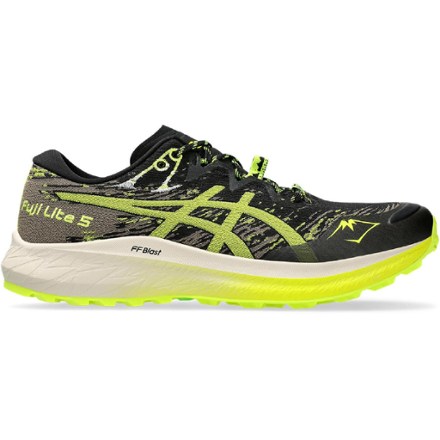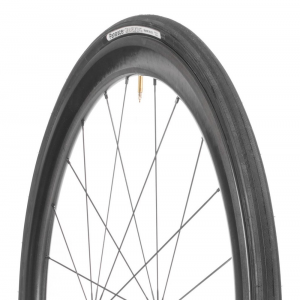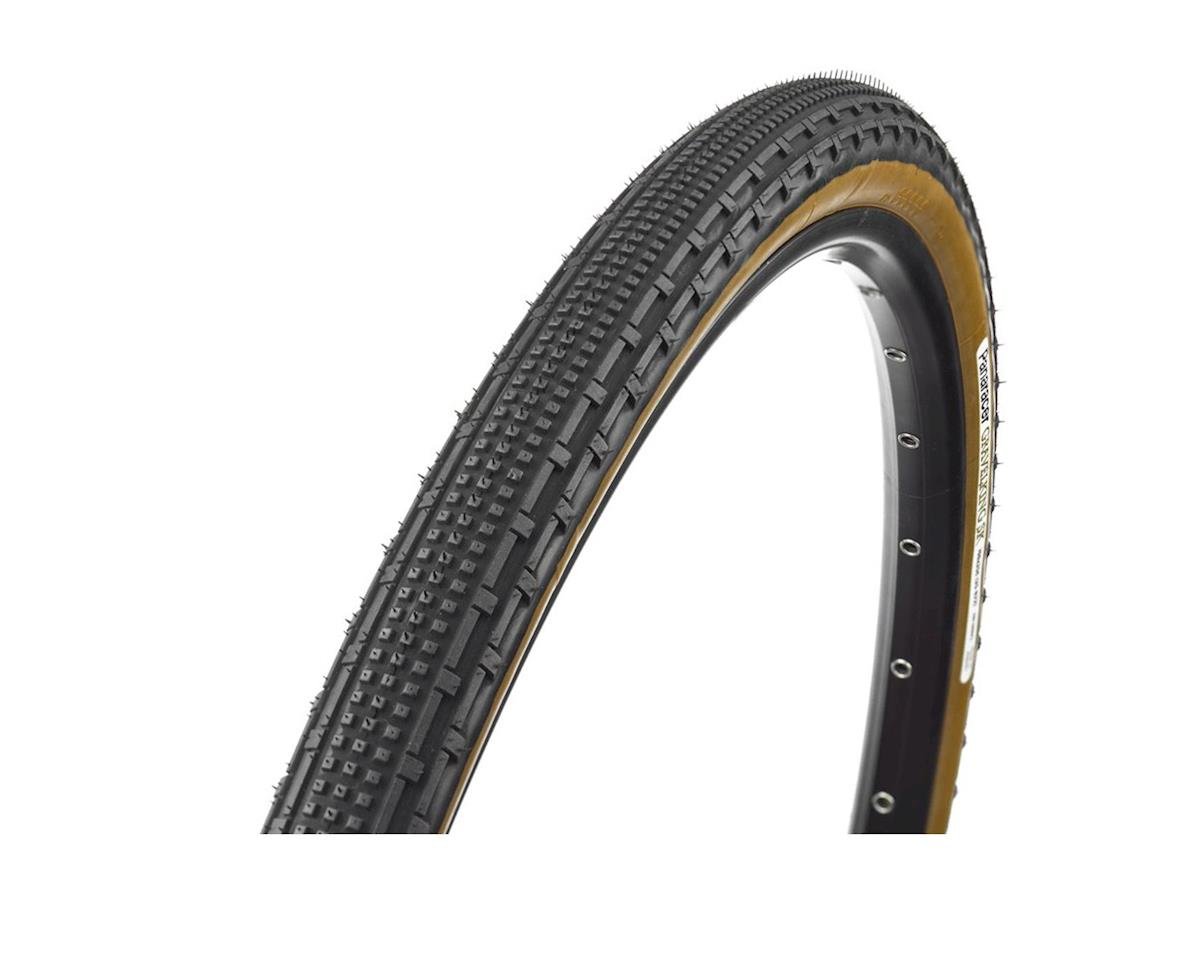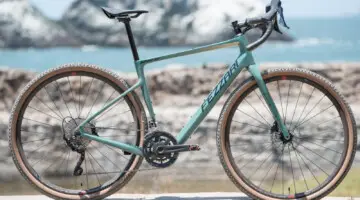A few weeks ago, I had an interesting conversation with a newbie woman cyclocross racer. She was curious about the differences between gravel bikes and cyclocross bikes. This was challenging. I use my spare cyclocross bike as my road/gravel/pit/training bike. But, I set that aside and explained the differences in geometry, componentry, and ride feel to the best of my ability with that caveat that I use my cyclocross pit bike as my gravel bike with no apparent negative side effects.
A strong mountain biker, she held her own this season in our Tuesday evening Women B category, while racing on a hardtail mountain bike. She does my dry needling, and at every appointment, I try to convince her to at least try racing on a drop-bar bike. She’s getting more interested. (Side note: since I started this column she’s borrowed a cyclocross bike, loved it, and has become addicted to cyclocross.)
Races or Governing Bodies Do Not Define Gravel
Gravel riding and racing. It’s arguably the fastest-growing sector in the cycling world right now, hence the recent news that UCI is planning to incorporate gravel racing into the fold (a few years after CXM predicted USA Cycling and the UCI would head this direction in early April pieces). I fear that the informality and the community feel that attracts riders to gravel racing will quickly disappear under the aegis of UCI. Gravel racing will become “pro” and have fewer grassroots. The races that I love, like SBT GRVL and Roubidoux Quick and Dirty, will have to make a choice: fall in line with the UCI or risk becoming the second tier. The sense of community will be lost in the transition. That would make me truly sad. SBT has already said they aren’t interested in simply catering to the elites. The jury is out on where the other big races will fall.
Like mountain biking, especially in its early days, gravel offers another way for many of us to reconnect with the joy of simply pedaling a bike. Gravel riding and racing, similarly to mountain biking, seems more . . . elementary or perhaps more elemental. It feels more blue-collar, more basic. The atmosphere at the events I’ve attended certainly feels much more like a community. Gravel peels away the years for me. I feel so much younger and happier. So much so that I rarely ride on the road anymore.
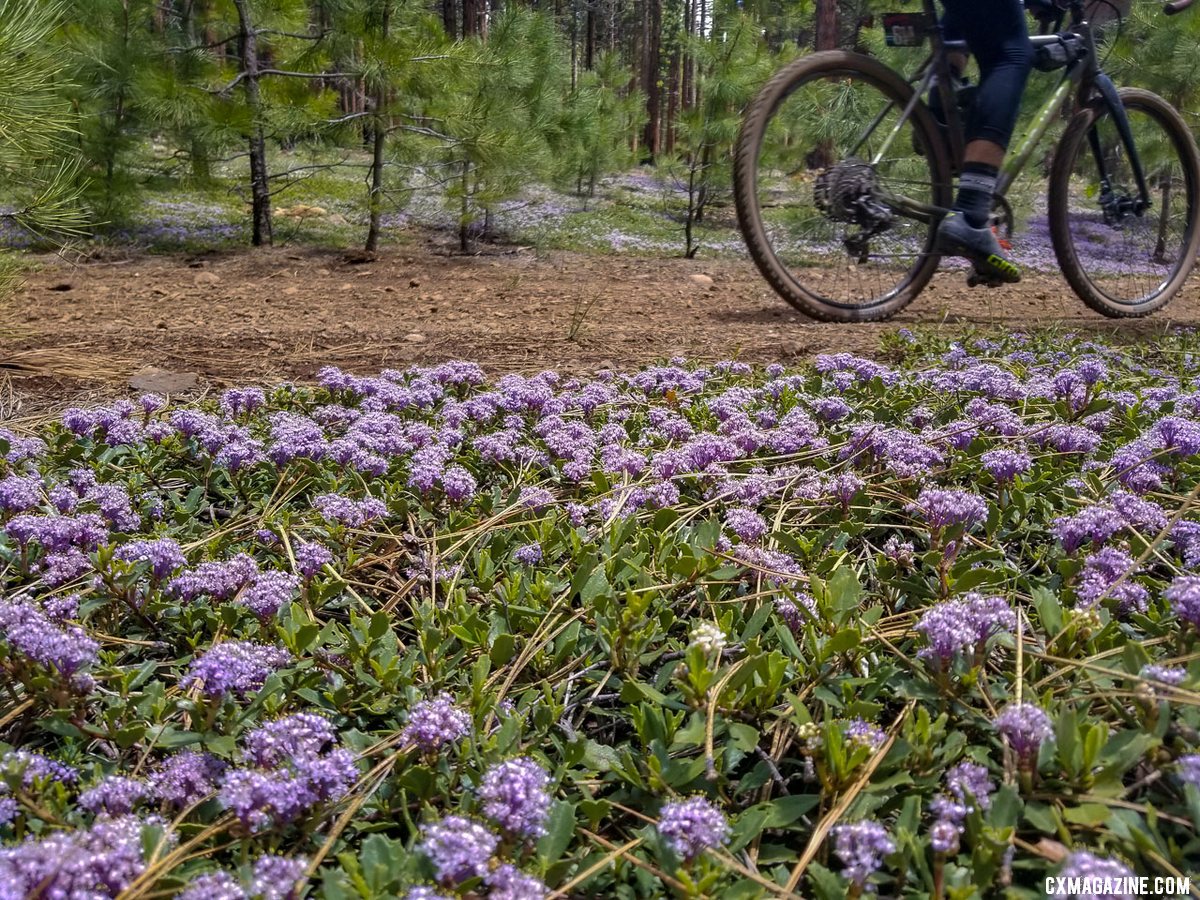
Gravel? Dirt road? Mountain bike doubletrack? Straight of a cyclocross course? It doesn’t matter. 2019 Lost and Found gravel race. © A. Yee / Cyclocross Magazine
We try hard to label and define our rides, but as a cyclocrosser, like many of you, we simply like to ride drop bar bikes offroad. I live in a part of Denver where the bulk of the mountain bike trails I like to ride are 20 minutes from my front door. Others are within 45 minutes. That I consider acceptable. For some perhaps illogical reason, I can’t condone driving to ride gravel. My solution, ride on the dirt shoulder. Hey, it’s now a gravel ride! Funny how simply changing the riding surface makes it more interesting. Some day’s I’ll add to that mix by practicing dismounts and remounts. Dismount, run 10 strides, remount, pedal 20 revolutions, rinse and repeat. Now it’s cyclocross. I’m sure that I must look strange to the passing motorists. Here’s this guy jumping on and off his bike and never riding on the asphalt. What is he thinking? Is he thinking?

Lee Waldman with his Van Dessel Full Tilt Boogie, which handles gravel and cyclocross capably. © A. Yee / Cyclocross Magazine
I know people, especially marketing pros at bike companies, want to label rides and bikes, and make people think that it’s black or white. Do I have the right bike for my ride? Cyclocross has a “run what you brung” ethos, and I hope that the gravel scene can embrace that way of thinking, and not worry so much about definitions. I’m sure the UCI’s involvement will only make that more challenging.
Gravel Bike? ’Cross Bike? It’s a Bike.
I’m noticing an increasing number of “gravel bikes” on most of my rides. It seems that every brand has at least one these days. So, here’s my question. I’m sure that some of you struggle with this dilemma as well. Should I become a part of this growing trend and plunk down my hard-earned tutoring money for a dedicated gravel bike? My current bike stable is smaller than it’s ever been: two ’cross bikes: one race bike, one training bike, and two mountain bikes. I use one of the cyclocross bikes as my daily driver/pit/training bike, and I’m perfectly happy riding it everywhere, road, cross, and yes, gravel. I kind of like the fact that it’s a bit less stable and more twitchy than a dedicated gravel bike might be. It keeps me on my toes. The bonus is that I work on bike handling in sometimes sketchy conditions, the same reason that I regularly ride that bike on the singletrack trails near my house. Those rides make me a better rider.

Cyclocross or gravel ride? It’s just a ride. Lee Waldman looks forward to sunny, warm and virus-free race days. photo: back to basics
Several years ago, I realized that I didn’t need a road bike, just road wheels for my spare cyclocross bike. So. . . why then would I need another bike just to ride gravel? I’ve read some of the articles espousing the benefits of a gravel bike. Longer wheelbases, slacker angles, more comfort, more stability, and on and on. Now I see that bike companies are developing full suspension gravel bikes. Yikes! Where will it end? Is that really necessary? Now you have a skinnier tire, dropped bar mountain bike. I could ask a similar question about all of the supposedly necessary innovations in cycling. Are dropper posts really necessary? Why short stems and wide handlebars? Is there a “need” for so many variations on one single theme, or is it just the industry creating that need to fuel growth?
That, in and of itself, is not a bad thing. We do, after all, live in a capitalist system. But do I need to be sucked into the need to have the newest and “best”?
In the spirit of full disclosure, I’ve never actually ridden a gravel bike. Perhaps I’m hesitant because I might find that there truly is a difference and that I like them. Then my dilemma would be explaining the need for yet another bike to my wife. She’s never really accepted the formula of how many bikes are necessary: n+ 1. I’ve also never, in all my years of riding my ’cross bike on the same singletrack that I ride my mountain bike on, found trails that I couldn’t ride on either. I’m sure I could do it on a gravel bike too. The reverse applies as well. A gravel bike can be the ideal bike for a cyclocross course. It could have better mud clearance and could track better in the sand. On a bumpy course, fat gravel tires that might not fit into your cyclocross bike could even add some speed.
It’s not that owning a gravel bike would make cycling easier for me. I would still push my legs, lungs, and heart to the exact same extent that I do on all my other bikes. But on the other hand, there isn’t a day on my bike, any one of them, where I don’t rise to the occasion and push the envelope. Some hype minor changes to geometry and suggest it’ll make a huge difference in your riding, but if you’re anything like me, you like to ride trails, gravel and also tighter, more technical terrain on singletrack and between the tape. Riding one bike that you’re comfortable on, on all those types of rides, is likely to give you more confidence than a few millimeters of adjustments in trail or bottom bracket drop.
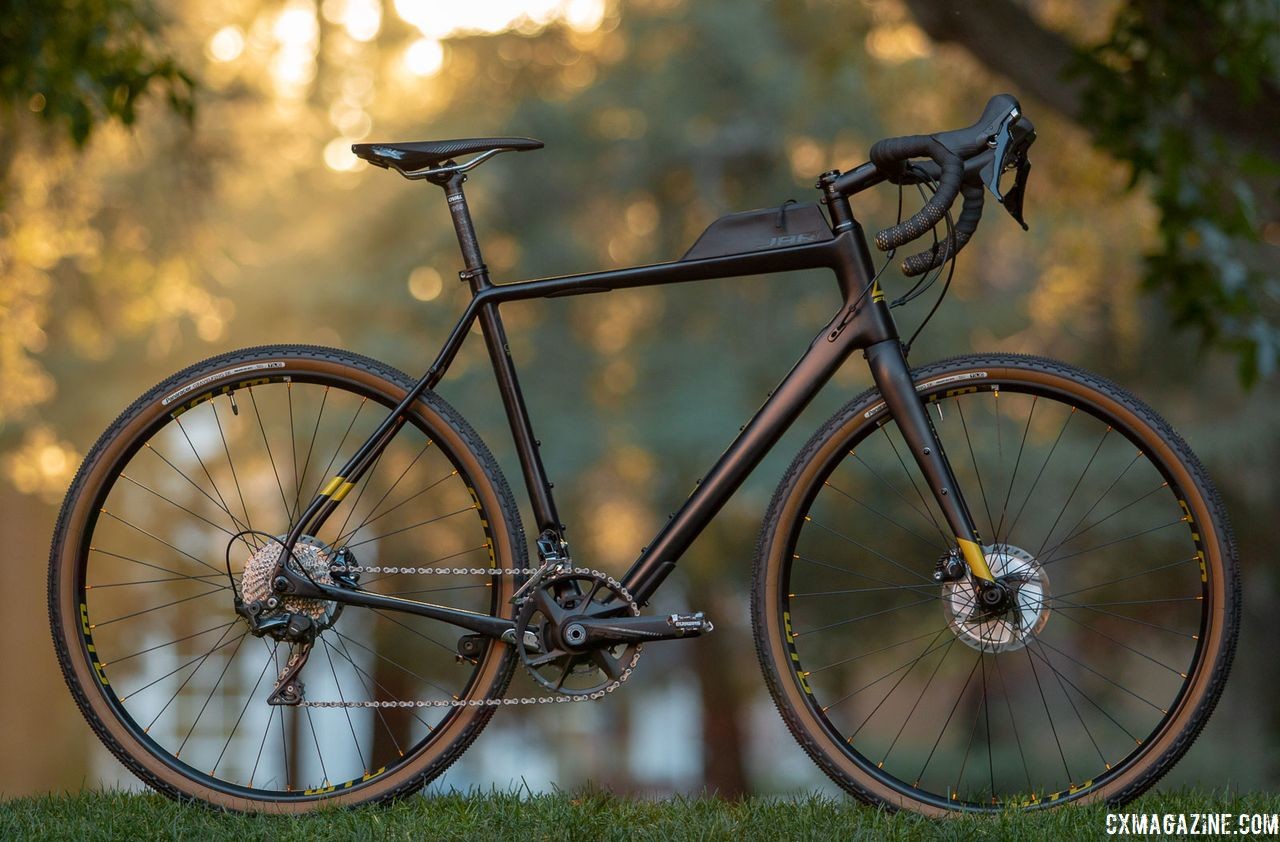
Cyclocross or gravel bike? Fuji calls it a gravel bike, but Caroline Mani just won the USCX series on it. 2019 Fuji Jari Carbon 1.1 Gravel bike. © Cyclocross Magazine
I’m not saying to anyone, don’t buy a gravel bike. If you have the means, curiosity and desire, by all means, go for it. I am saying, at least ask yourself the question before pulling the trigger on another bike, is this something I want, or something that I need. Don’t let marketers or traditionalists dictate your riding. Listen to your gut. Ride gravel, ride cyclocross, but don’t worry about which bike it’s on. In the end, it’s all about turning the pedals and being a part of the experience no matter what bike you’re riding. Wherever you are, be there. And above all, go ride some bike.














